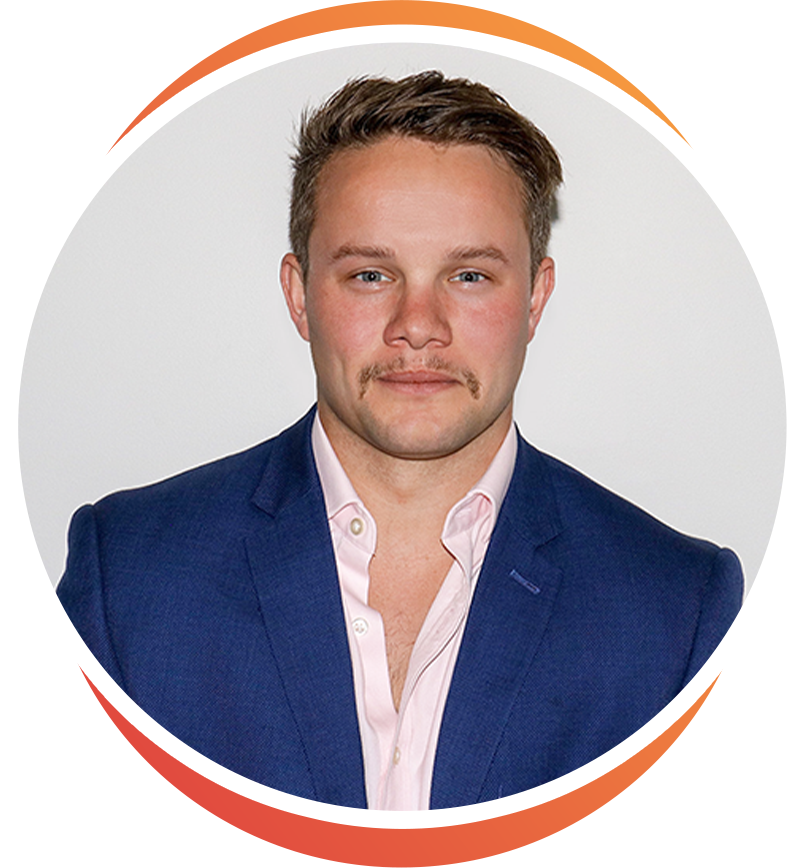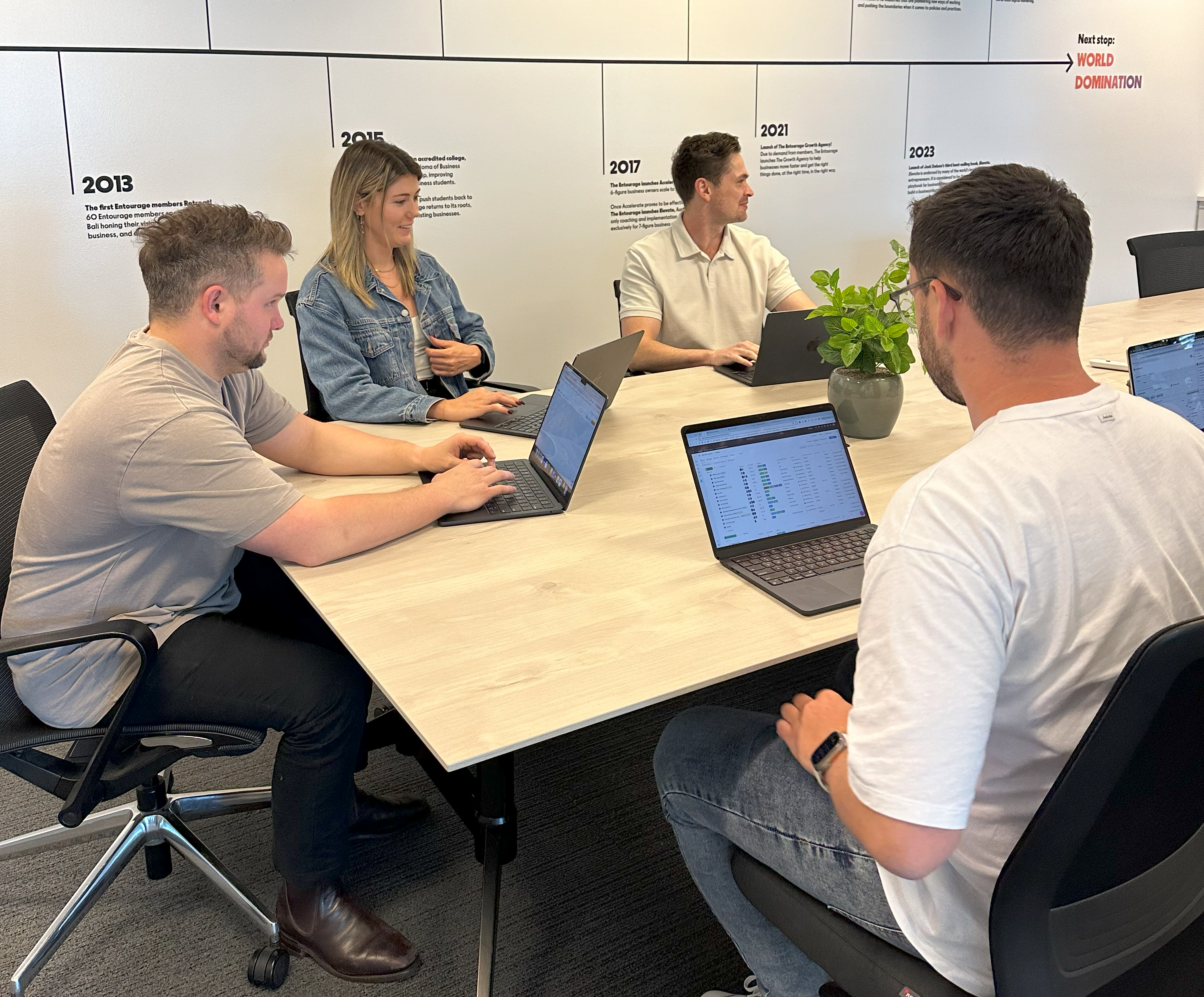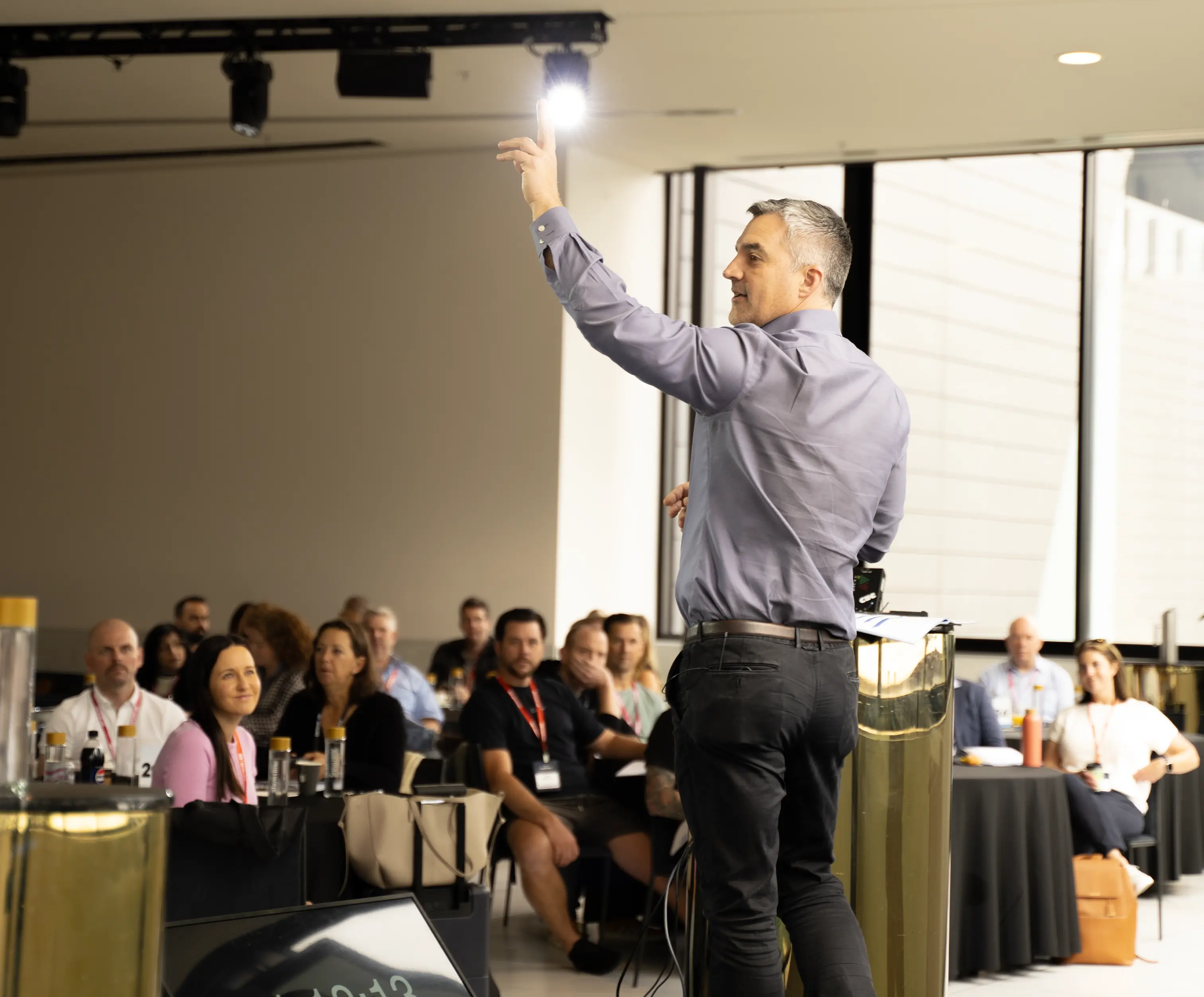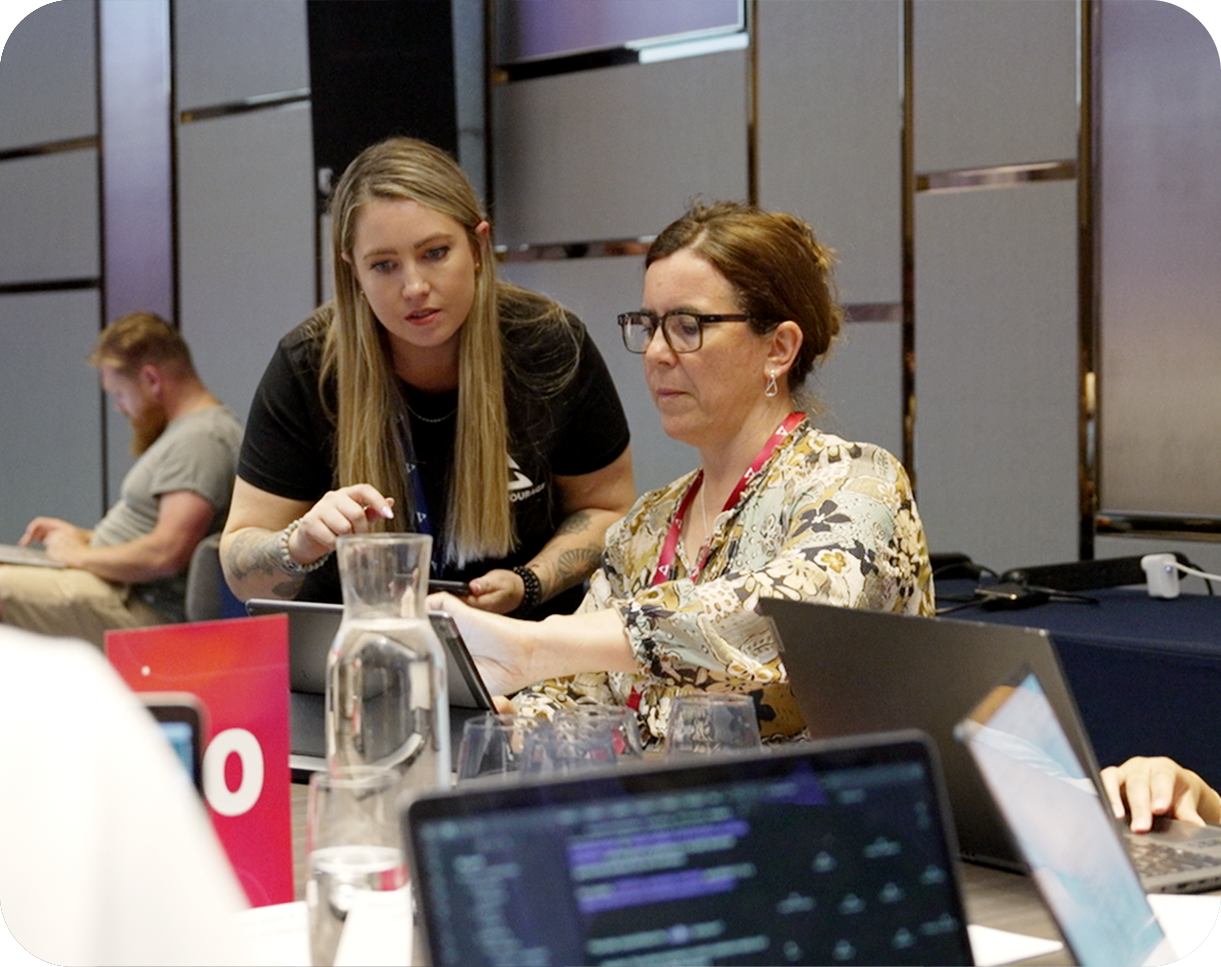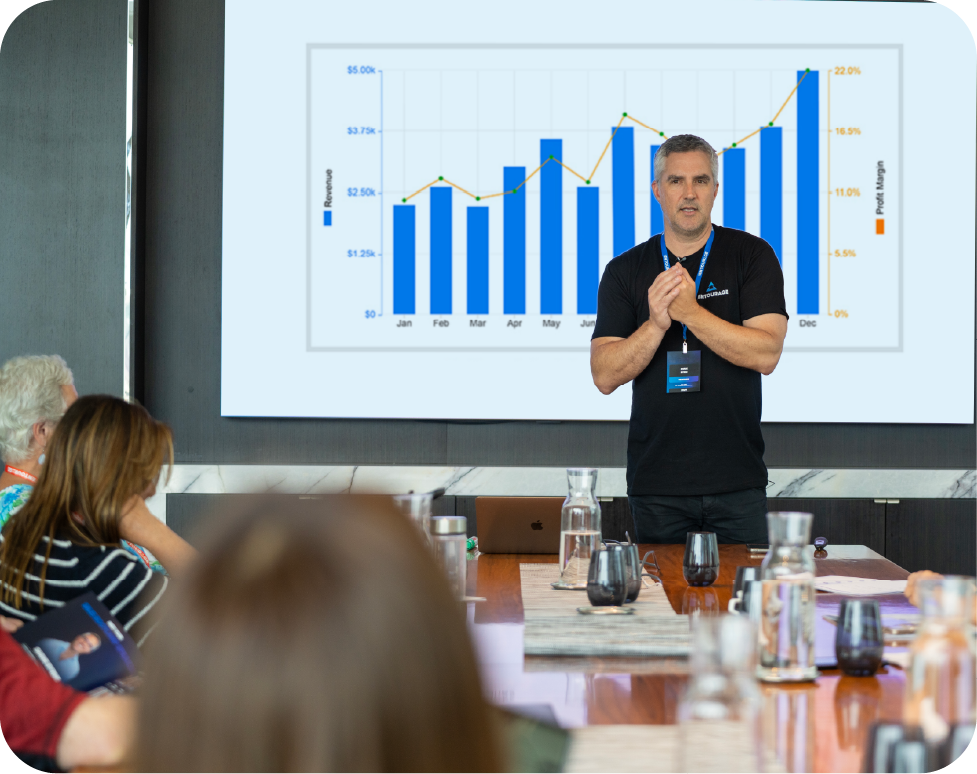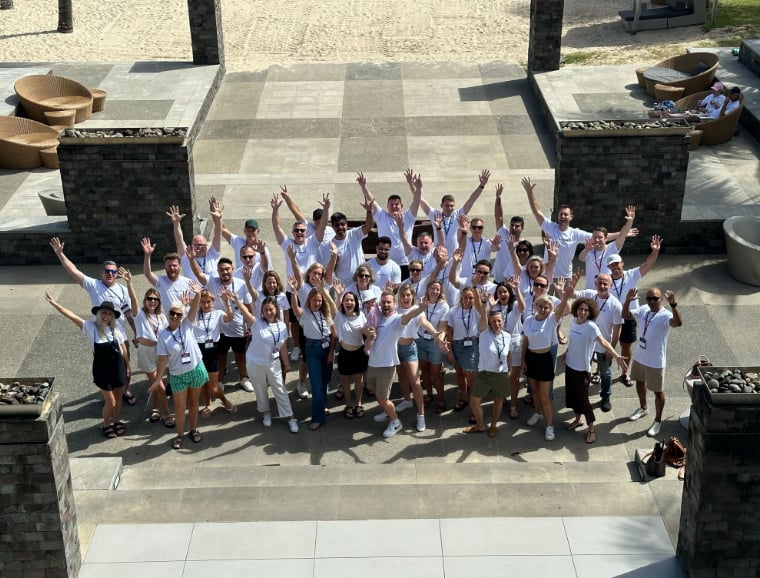One of the toughest problems every company faces, especially NGOs and small companies, is controlling overhead expenses. From utilities and rent to staff wages and office supplies, these costs are required to keep operations going, but without the correct support, they may soon become unmanageable. That's where the capacity to find general operating grants turns out to be revolutionary. These subsidies give the flexible money required to cover daily expenses, therefore freeing companies to concentrate on delivering services and accomplishing their goals rather than on bill payment.
Why General Operating Grants Matter?
General operations grants, unlike project-specific awards, provide unlimited cash, therefore enabling organizations to distribute the money wherever most required. Especially in times of economic uncertainty or unanticipated expenses, this adaptability helps preserve stability and resilience. Still, finding these funding calls for a calculated strategy. It's about focusing on the appropriate donors whose interests complement the mission of the company and proving a track record of influence and capable leadership, not only about grabbing every possibility. Key measures in standing out throughout the grant application process include developing partnerships with foundations and demonstrating financial management's openness.
Writing a Captivating Story
Presenting a convincing narrative about why overhead counts is one clever way to get general operational support. Funders want to see that their money will change things, not only keep the lights on. Companies should show how paying for overhead helps them to be more effective, generally. Strong infrastructure, for example, helps to guarantee improved service delivery, worker retention, and innovation. Funders must be made to realize that funding operations involves funding the potential of the company to bring about long-lasting transformation. Emphasizing results and success stories will help change the view of overhead as only administrative filler.
Mixing Your Funding Sources
Diverse funding sources are also quite wise. Depending just on one grant or donor runs the danger of leaving a company weak should that support fail. Rather, companies should mix several kinds of financing: personal gifts, business sponsorships, membership programs, and—of course—finding basic operating grants. Not only does a sustainable funding mix offer more financial stability, but it also demonstrates to donors that the company has a strong long-term success strategy. When feasible, it's also advisable to take advantage of multi-year grants, which offer continuous support and enable more strategic planning than yearly scrambling for new money.
The Value of Stewardship
At last, never undervaluate the power of good care. Maintaining close contact with the funder is vital if a company gets a grant. Future financing can be set up by consistent updates, open reporting, and sincere thanks for comments. Many donors would rather keep helping companies that show a strong application of past contributions. Establishing a reputation for dependability and influence can transform one-time grants into continuous alliances, enabling year-after-year overhead coverage.
Smart finance plans are ultimately crucial for maintaining any company's sustainability and strength. To find general operating grants and stable financing might help to distinguish between trying to survive from confident prospering. Organizations can address overhead issues and concentrate on having a genuine impact by selecting the appropriate funders, presenting a compelling narrative, diversifying income, and preserving solid relationships.
Related Categories
Ryan Terrey
As Director of Marketing at The Entourage, Ryan Terrey is primarily focused on driving growth for companies through lead generation strategies. With a strong background in SEO/SEM, PPC and CRO from working in Sympli and InfoTrack, Ryan not only helps The Entourage brand grow and reach our target audience through campaigns that are creative, insightful and analytically driven, but also that of our 6, 7 and 8 figure members' audiences too.
